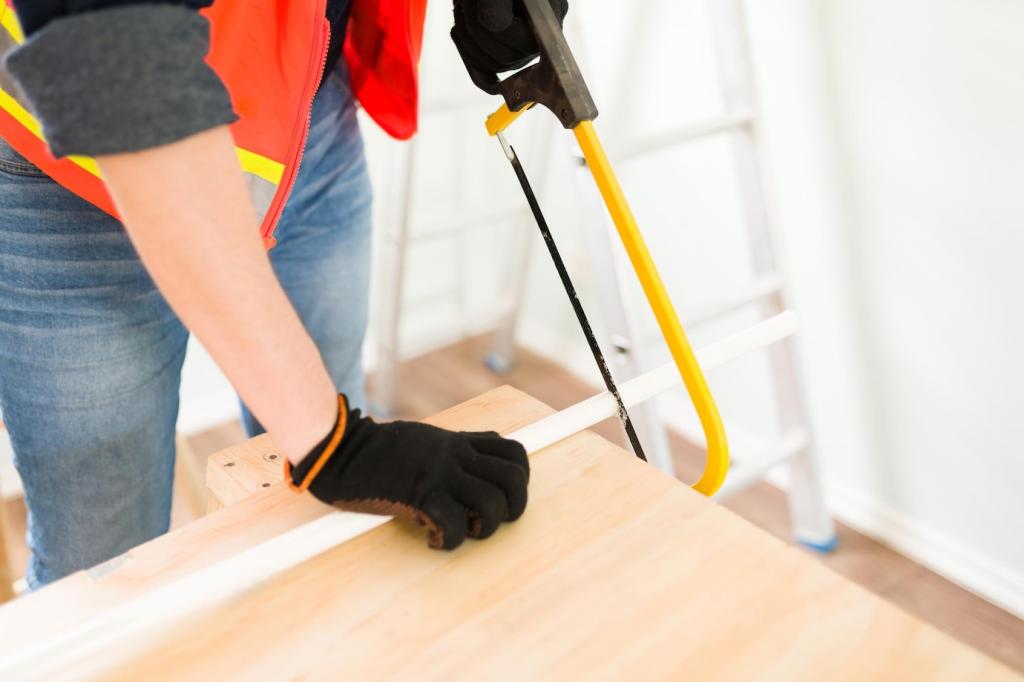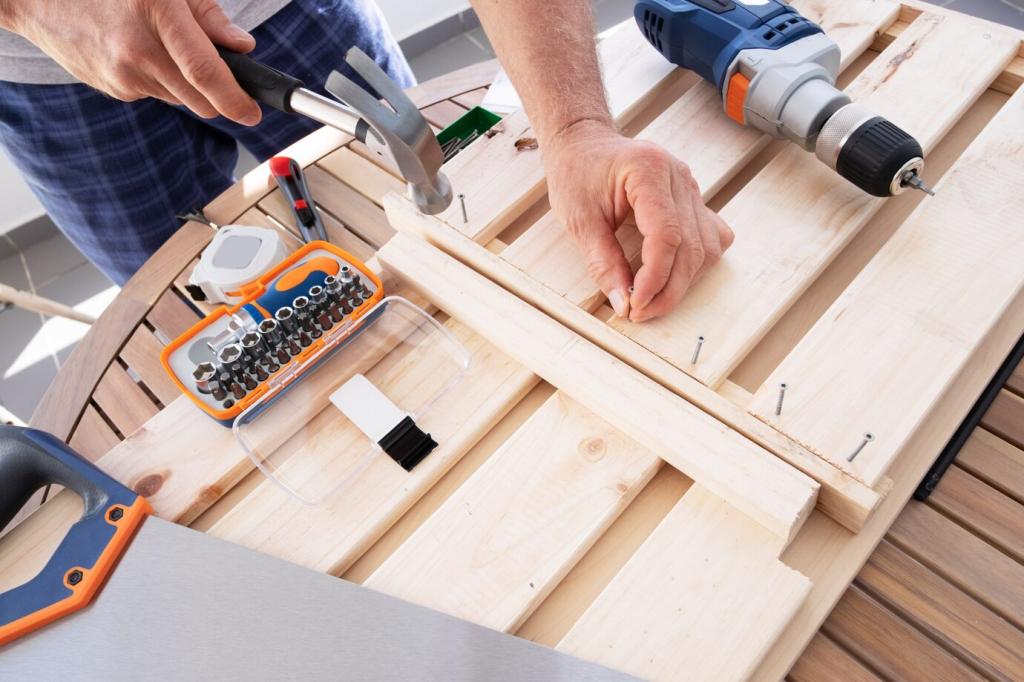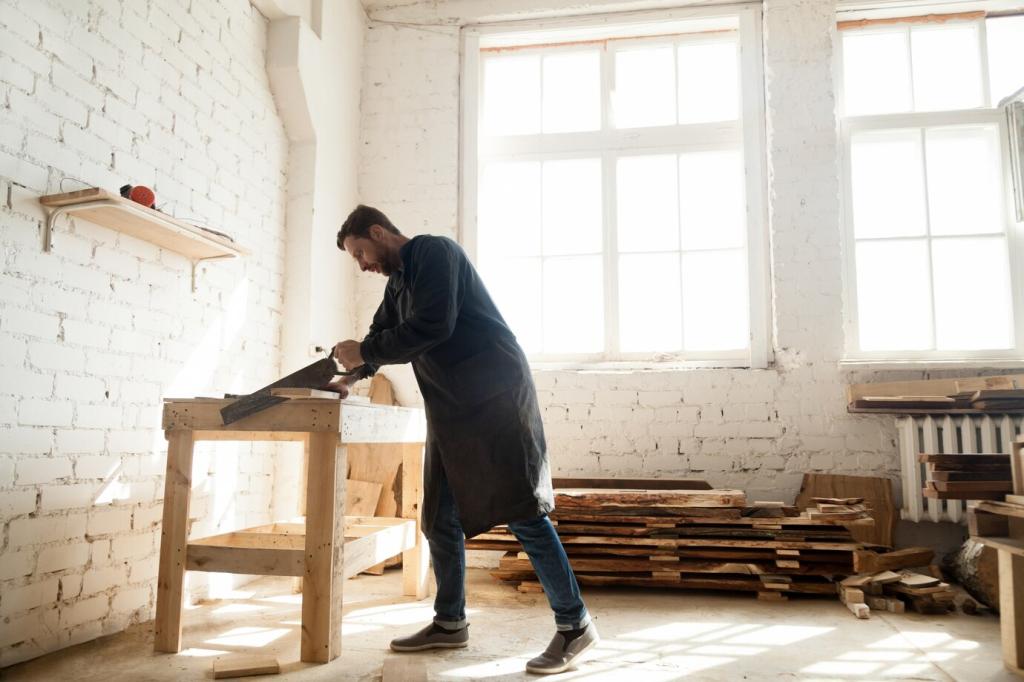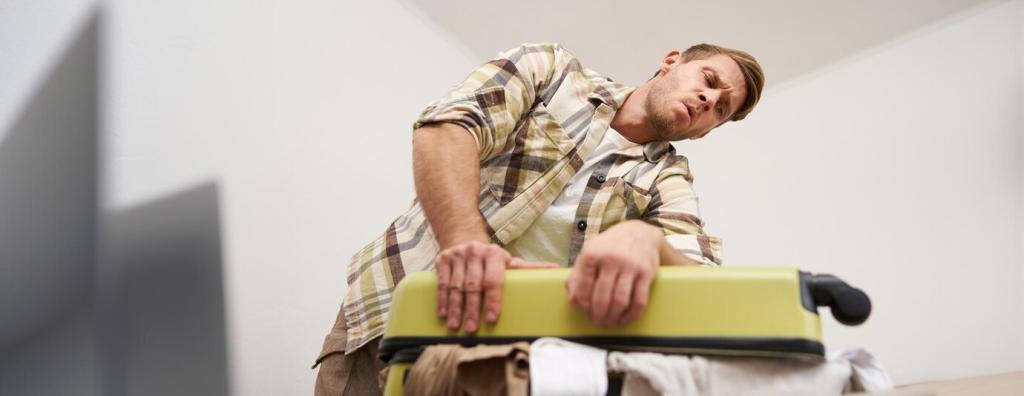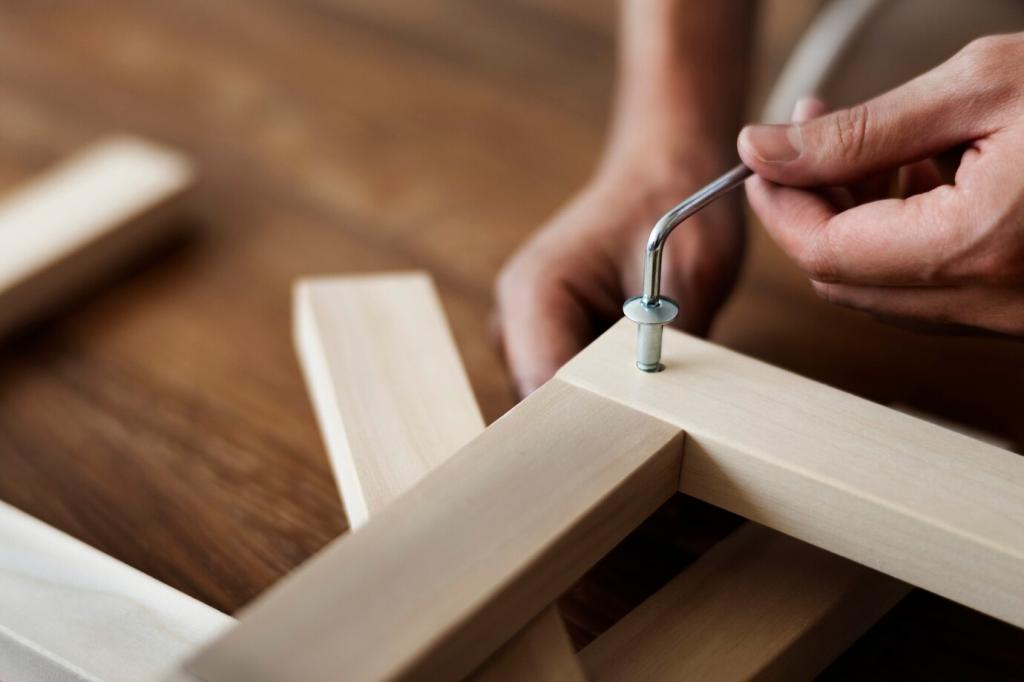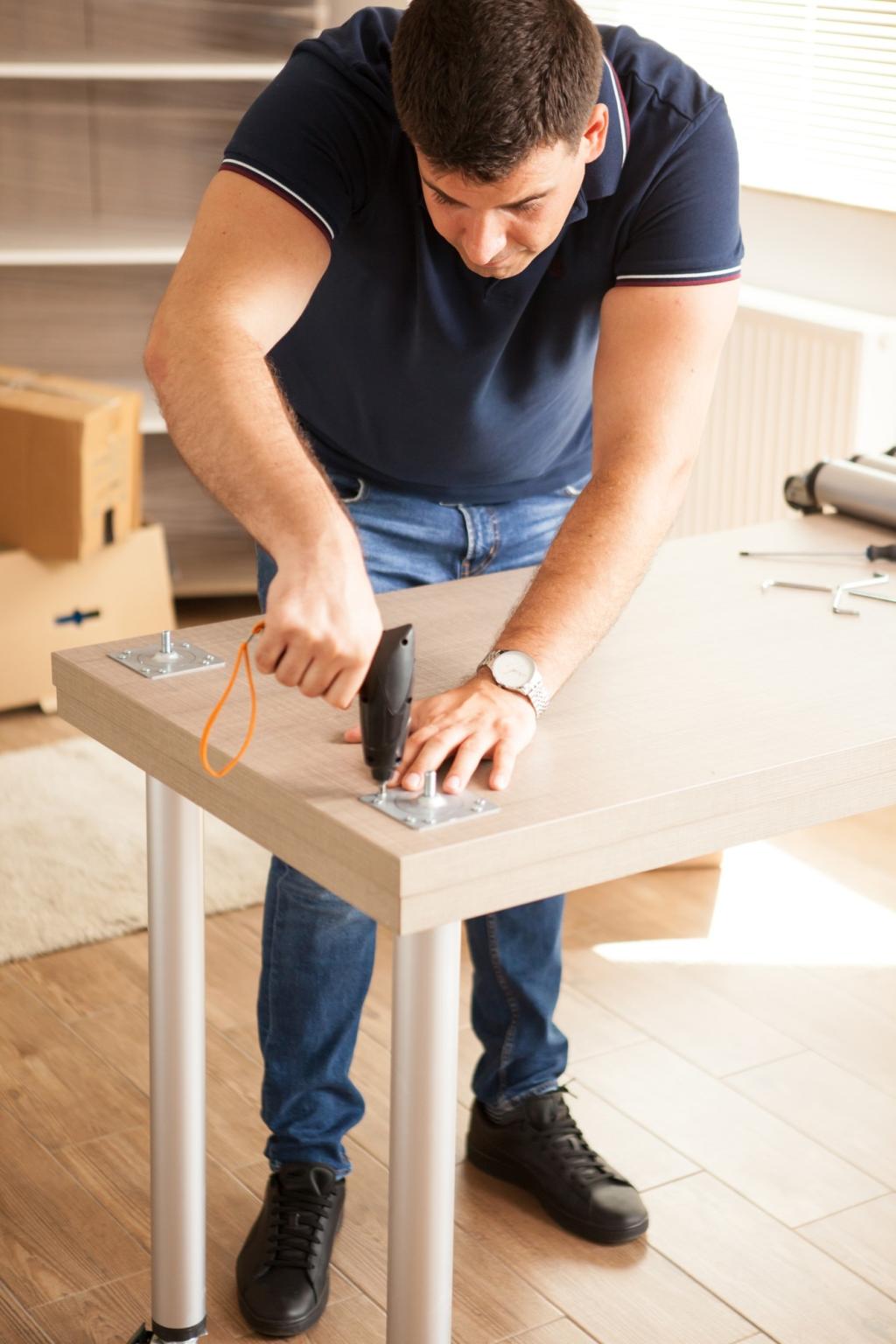Skipping the Test Patch
Check under a cushion flap, inside a skirt fold, or beneath the back overhang. Clean a tiny area and gently dry. If the cloth shows color transfer or the fabric looks different, stop and rethink before touching the main stain.
Skipping the Test Patch
Some issues appear only during drying—rings, stiffness, or dull patches. Revisit the test spot after thirty minutes and again later. If everything looks consistent, proceed. Patience now is far cheaper than spot-dyeing or reupholstery later.

